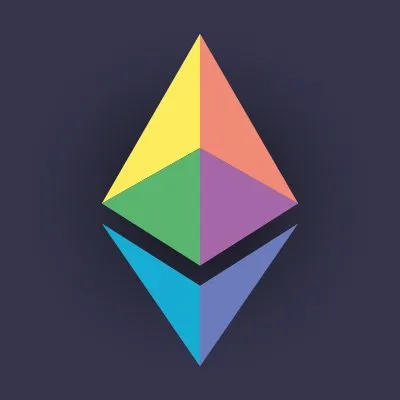
Subscribe to Bankless or sign in
The NFT space can feel slow these days.
However, zoom into the right places, and you'll find hotspots of potential where activity surges could form in the years ahead. To give you a sense of what I mean, here are some under-the-radar catalyst contenders I'm watching right now.
Steam's Upcoming Console
Steam is the world's largest platform and storefront for PC games, with somewhere in the ballpark of 150M monthly active users. It's a distribution juggernaut.
And while for years Steam has forbid its listed games from directly offering crypto or NFT elements over fraud and liability concerns, we have seen a growing trend of crypto games bifurcate their titles, i.e. abstracting out their onchain mechanics to be external and optional so that they can deploy free-to-play, non-crypto versions to Steam and benefit from the platform's massive reach. The battle royale Off the Grid is a prime example here.
It seems like a smart strategy to me. And, notably, this approach could be getting some extra juice next year, as Steam developer Valve just announced plans to release the Steam Machine in 2026.

This device will be a performant and customizable console for Steam games that, depending on its price, can give PlayStation and Xbox a run for their money for years to come. This release won't be a panacea for crypto games, of course. But it can lead to an attention surge around Steam gaming, and some of this attention could spill over and bring more interest to external NFT-based skins marketplaces around titles like Off the Grid and beyond. Something to keep an eye on, at the very least.
AI Agent Markets
The recent ERC-8004 proposal outlined a trust layer for AI agents on Ethereum, and the design has quickly been embraced by onchain builders. Meanwhile, Coinbase's x402 payment rail has also been rapidly gaining adoption as a universal micropayment standard for agents.

That said, I expect we'll see these two standards increasingly used in tandem going forward: ERC-8004 to underpin agents' identity and reputation, and x402 to facilitate their payments. This convergence will lead to a boom of useful onchain agents that can trade for you, play games for you, etc. And this utility will lead to a growing economy around trading agents as digital objects themselves. Here, cue in NFTs.
What I mean is that ERC-8004 offers an identity registry system through which each of its agents can be anchored to a unique identity via ERC-721 NFTs. In other words, agents as digital assets that can be owned and traded. And with unique IDs will come specialized agents, around which new markets will emerge.
For example, let's say you want to acquire and deploy agents that have proven themselves adept at a game you're eyeing, e.g. something akin to x402 Monopoly. With ERC-8004 NFTs, you can assemble a team through an NFT marketplace like  OpenSea and then put them into play for your benefit. My grand point is that new kinds of markets for autonomous labor are coming, and NFTs can play an important infra role here.
OpenSea and then put them into play for your benefit. My grand point is that new kinds of markets for autonomous labor are coming, and NFTs can play an important infra role here.
Old Ideas Made New
Another thing I'm sure we'll see around NFTs in the years ahead is old concepts resurrected to solve current problems. This dynamic can emerge in various ways, but I think an example of something ripe for reviving is the "Boot to Onchain" vision Pete Horne had for his 4th Energy project, which I covered in Metaversal a couple of years back.
For instance, consider the paint point of DNS hijacks, which remain a common attack vector in DeFi. Aerodrome and its sister protocol  Velodrome were hit with this type of attack last week as a result of an internal security breach at the domain registrar NameSilo. It really sucks, particularly because this incident was entirely out of the control of the Aero and Velo teams.
Velodrome were hit with this type of attack last week as a result of an internal security breach at the domain registrar NameSilo. It really sucks, particularly because this incident was entirely out of the control of the Aero and Velo teams.
What if users could take control here, though? That was one of the thrusts of 4th Energy, which was ideated such that it would've allowed loading app frontends by booting them directly via NFTs rather than through web2 domains. In this system, NFTs would've acted as the entry point to a verifiable onchain “boot disk” holding apps' HTML, assets, and etc. This model would've let your browser load UIs straight from an  Ethereum node and with no DNS or centralized servers in the middle.
Ethereum node and with no DNS or centralized servers in the middle.

This project isn't being developed anymore, but I bring it up as an example of how an old, unfinished NFT infra concept can still be extremely relevant in the here and now. And I expect we'll see more returns to these sorts of overlooked but worthwhile experiments in the coming years as onchain builders revisit ideas that were ahead of their time.






